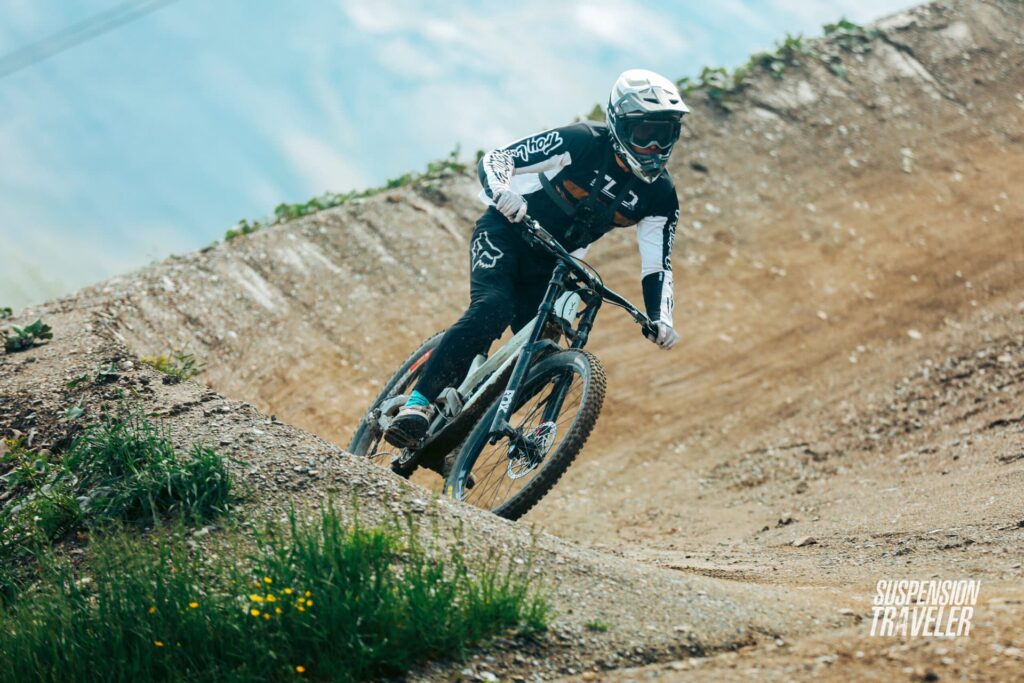Spoiler alert: Downhill mountain biking is quite a dangerous sport. And even small mistakes can result in crashes or even injuries. Especially if you don’t know what you’re doing or you can’t judge risks quite yet. Worst case if you’re completely in over your head. Turns out, all of the above are very common mistakes beginner mountain bikers make.
I’ve been riding DH MTB for over 15 years now, but you can bet that I made every mistake in the book before I learned my (often painful) lessons. But you don’t have to.
My goal here is to show you what to look out for so you can avoid the pitfalls, learn quicker and have more fun doing so.
Even by simply being aware of these common mistakes, beginner riders are more prepared and reduce their risk of crashing. These beginner mistakes are easy to avoid by simply acknowledging them and not getting into those situations in the first place.
Underestimate difficulty
Underestimating how difficult it is to ride downhill MTB in the first place is easily at the top of the list! How many of us want to try it out because we’ve seen a super sick video where a good rider makes it look fun, flowy and super easy at the same time. Key point: You’re looking at an experienced rider.
While DH is technically riding a bike, chances are you’ve never done anything quite like it. There are different skills required than from regular cycling on smooth streets. In fact, there are many different skills from braking, cornering, and body position you need to combine with your experience of trail features and surfaces.
There’s a lot that goes into it. So set your expectations accordingly and don’t try to be a hero on your first ever run. If you happen to underestimate the difficulty – of a certain trail let’s say – you can always stop and walk down a certain section.
Unfortunately, this mistake is often combined with the next beginner mistake which can result in a quick end to the day.
Inadequate protective gear
No knee guards, no elbow pads, tennis shoes, a half-shell helmet and no gloves. Are your alarm bells ringing yet? Well, they should. But for some of us, this is completely okay to wear for a downhill MTB lap.
Unfortunately, lacking protective gear is a very common thing to see in bike parks – especially with riders on rental bikes who are very obviously beginners. Don’t be that guy or girl!
Dress for the (potential) crash, not the ride.
This point goes hand in hand with the one above. Understand the risks, expect the occasional fall and protect yourself against those as best as you can. I feel stupid even saying all that, but virtually no protection is a far too common sight out on the trails. And if you’re reading that, I don’t want you to be one of those knuckleheads just asking for it.
Overconfidence in skills
We’ve talked about underestimating the situation, where you don’t quite know what you’re getting into. And then there’s knowing that you’re getting into over your skill level, but still deciding to send it. That’s overconfidence. It leads to riders attempting trails or features that are beyond their skill level.
And it’s much harder to detect because downhill mountain biking is such a mental game. You need to be confident in your riding and you’ll likely progress and tackle more and more challenging trails.
It seems to me that newcomers to the sport are lacking the necessary respect for the consequences. They try outrageous jumps, steeps, technical sections or tricks way out of their league. That’s where all those fail videos come from.
Think about it. When would you want someone to film you: If you try something new and big for the first time, or if you’ve done a certain feature a dozen times and know you nail it every time? Probably the former.
Progressing incrementally (doing something just at the border of your comfort zone) is a much safer way to get better than trying a big leap (metaphorically and literally) forward.
Beginners should start with easy trails and gradually work their way up to more difficult ones as they gain skills, experience and confidence. It’s also important to know when to walk the bike down a trail if it becomes too difficult.
Gear Acquisition Syndrome (GAS)
Let’s not sugarcoat: DH MTB is a gear-intensive sport and it can get expensive pretty quick. Add FOMO (fear of missing out) and constantly new and exciting gear coming out and you carried away spending way more than you need.
Technically, there’s really not much you really need in terms of gear and equipment when starting out. A set of protective gear and an entry-level DH bike in good condition will do the trick. Especially for your first season as you don’t even know if you’ll stick with this new hobby (I hope so because downhill is sick!).
Just like slowly progressing on the trails, ease into upgrading your gear. Make sure you know what you’re looking for and how exactly a new piece of kit will help you. Shiny object syndrome is hard to resist. And in MTB, it can get expensive for little tangible benefits.
Ignoring Weather & Trail Conditions
Like not noticing that it rains? You’d be surprised!
In fact, misinterpreting weather and trail conditions is so common among beginners, because this is experience you gather over many rides in various conditions over time. There’s no shortcut around it, it takes time. But you can acknowledge conditions new to you and ride a little more carefully until you know what to expect.
That’s true for rainy, hot and sunny, misty, windy and otherwise damp weather. Often it’s more than one within a day as it’s usually very moist and wet in the morning up in the mountains – very similar to recent rain. Even if the weather forecast is hot and sunny for the day.
Wind and dry dust are probably the most underrated. One’s messing with you on jumps, the other is more slippery than it looks and hides what’s underneath.
Even rain can have so many effects on a trail. Some surfaces actually get more sticky (gravel), but some distinct features like roots get slippy like ice immediately. Just be aware that trails and conditions change from day to day and even within a day.
Neglecting Maintenance
Regular maintenance is essential to ensure that the bike is safe and in good working order. Neglecting maintenance can result in equipment failure. No bueno. And totally avoidable. If equipment fails, it’s your own fault in 99% of the time. It’s most likely not just going to explode on you without prior warning.
So it’s up to you to see those signs of wear and tear in advance and act accordingly. That may be swapping parts entirely, doing a little tune-up, greasing some bearings, pumping up tires or just tightening some bolts. That not only prevents unexpected damage, but also prolongs the bike’s life.
If it’s you or your trusted mechanic, someone has to do a regular checkup. When cleaning the bike is usually a good time for a close-up inspection. Downhill is pretty rough on body and equipment, so make sure you give both the TLC (tender loving care) that they need.
Bad technique
Of course, we’re talking about beginners here. So no one expects perfect skills. However, there are a few complete no-gos for riding technique. Very common mistakes you should look to eliminate entirely – the sooner the better. Removing those will not only make you a better rider, but also a safer one.
- Sitting down: Sitting on the saddle may seem like a safe bet, but it can cause you to miss out on the best suspension on the bike: your own legs. Ride sitting down and get bucked uncontrollably at your own risk.
- All the weight on one leg: And then when you do stand up, make sure to have your pedals level. One shouldn’t be dropped lower because you have all your weight on only that one. This is the easiest hack for better balance and control.
- Two-finger braking: A tight grip on the handlebar is what keeps you connected to the bike even on rough trails. The more fingers you wrap around the grips, the better and safer. Learn to use the brakes with only one finger as soon as possible. Modern disc brakes are strong enough with one finger. And then, cover the brake lever at all times.
All the other basic skills like looking further ahead, proper body position, braking, cornering and so on become better over time. These are just the 3 absolute no-gos, that are wrong in any situation. Not doing that will make you ride better immediately. Free gains basically.
Disrespecting Trail Etiquette
Until now we’ve covered mistakes revolving around you, the rider. In a trail center or bike park there are obviously many other riders around. With so many new things to consider and think of at all times, it’s easy to forget the others around you.
Trail etiquette includes many (often unwritten) rules like yielding to other bikers or hikers, staying on designated trails, and avoiding damaging the environment. There’s so much more to this topic, so I’m not going to cover it here. Instead, I’ve got an entire article on MTB Trail Etiquette for you.
I’m highlighting the most common breach of Trail Etiquette tho: People parking in the middle of a trail. Even worse when it’s in front of or directly after a jump. Just thinking about this makes me anxious!
Blocking a trail is so dangerous for everyone involved – not only for the fast rider flying down the trail but also yourself doubling as a crash pad. It’s extremely common, but even easier to solve: stop only where there’s room on the sides of the trail and then get out of the way.

